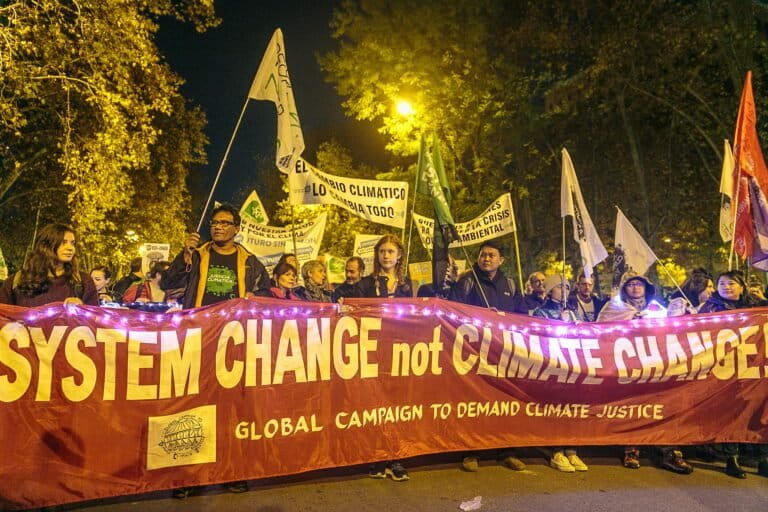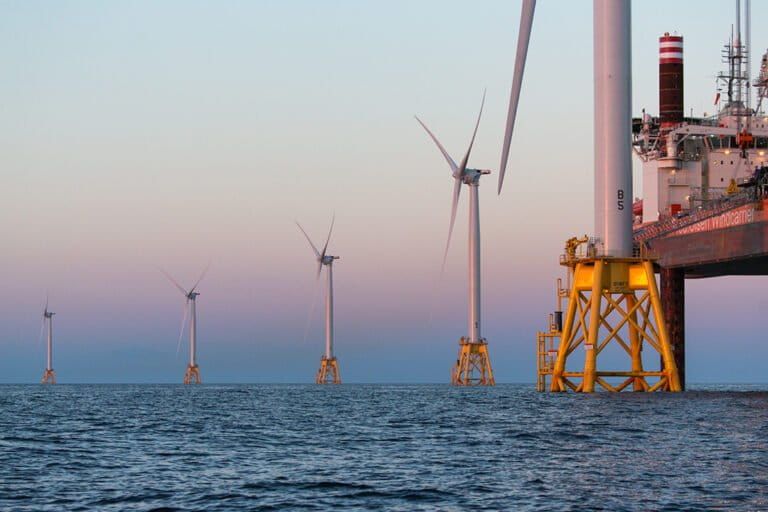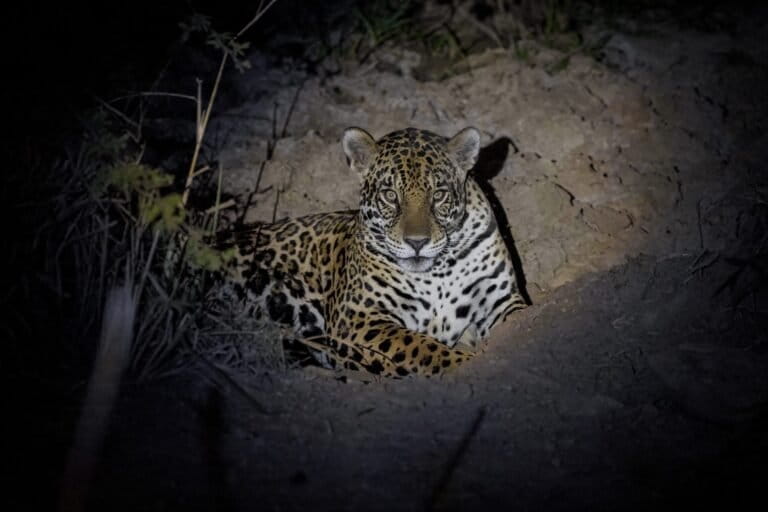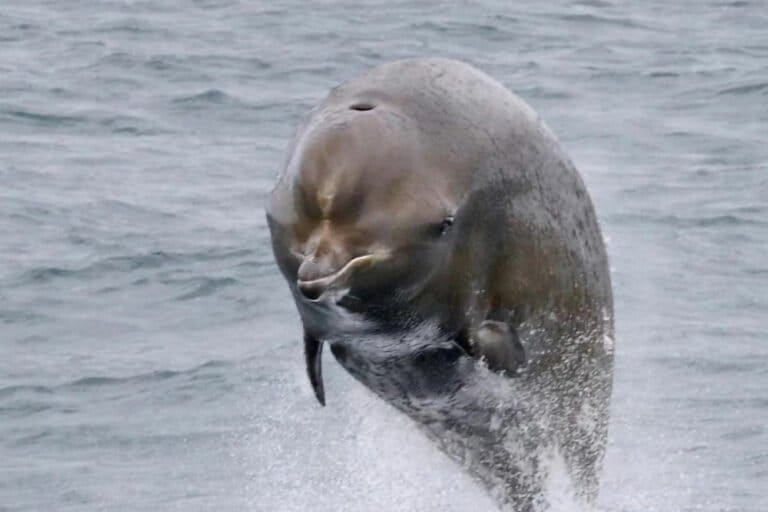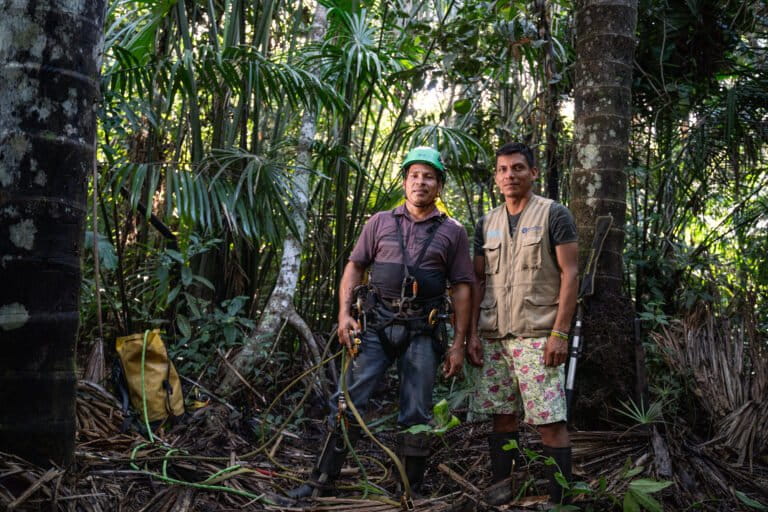- Climate scientists were wary when the Brazilian government announced in August that its 2020 goals for the reduction of greenhouse gas emissions had already been met. Lending credence to those concerns, it appears even protected areas in the country aren’t currently safe from forest destruction.
- Brazil’s Triunfo do Xingu Area of Environmental Protection has become a deforestation hotspot over the past few months, with more than 14,000 hectares of the protected area impacted by the expansion of pasture since May.
- Though deforestation in the Brazilian Amazon peaked around 2004, the Triunfo do Xingu protected area has lost more than 350,000 hectares (nearly 865,000 acres) of tree cover since its founding in 2006.
Climate scientists were wary when the Brazilian government announced in August that its 2020 goals for the reduction of greenhouse gas emissions had already been met. Brazil has certainly reined in deforestation and associated climate-cooking emissions since the early 2000s, but scientists warned that, with large-scale deforestation on the rise in the country once again, it might be too early to declare those 2020 emissions reduction targets a foregone conclusion.
Lending credence to those concerns, it appears even Brazil’s protected areas aren’t currently safe from forest destruction.
One protected area in particular, the Triunfo do Xingu Area of Environmental Protection, which stretches across parts of the municipalities of São Felix do Xingu and Altamira in the state of Pará, has become a deforestation hotspot over the past few months. Mikaela Weisse and Katie Fletcher of Global Forest Watch (GFW) report that “More than 14,000 hectares of Brazil’s Triunfo do Xingu Area of Environmental Protection were affected by the expansion of pasture since May.” They add that “While Brazilian deforestation has decreased significantly over the past 15 years, the clearing in Triunfo do Xingu and elsewhere in the Amazon indicate that the battle against clear-cutting of primary forest is not over.”

Though deforestation in the Brazilian Amazon peaked around 2004, the Triunfo do Xingu protected area has lost more than 350,000 hectares (nearly 865,000 acres) of tree cover since it was created in 2006.
Weisse and Fletcher note that Brazil’s Areas of Environmental Protection (APAs), which do allow for some private land use and ownership, are ripe targets for land-grabbers and ranchers because enforcement of laws and regulations in these areas is “quite weak.”
São Felix do Xingu and Altamira are the two municipalities in Pará state with the highest rates of tree cover loss. “São Felix do Xingu also has the second-highest number of cattle of any municipality of Brazil,” Weisse and Fletcher write. “With its vast tracts of unclaimed land, it’s perhaps unsurprising that Triunfo do Xingu would become the target of pasture expansion.”
Private use of land in APAs requires a license, however, making most of the deforestation within Triunfo do Xingu illegal, according to Maria Bentes, the Conservation Unit Manager for the Administrative Unit of Xingu. “The areas licensed within the Environmental Protection Area are few and insignificant compared to the immensity of the area,” Bentes told GFW.

Paulo Barreto, an associate researcher at Brazilian NGO Imazon, told Mongabay that a number of local and national issues are contributing to the increasing deforestation in the region. Brazil weakened forest protections by changing its Forest Code in 2012, the year that recorded the lowest rate of deforestation since monitoring began in 1989, he said — and the annual average deforestation rate between 2013 and 2017 has, as a result, been 37 percent higher. Brazil’s supreme court weakened the Forest code further in a 2018 decision.
Meanwhile, Brazil has also decreased the size of some protected areas in order to authorize previously illegal occupation or facilitate the construction of hydropower plants like the Belo Monte dam in Pará. Some 45 million hectares (about 174,000 square miles) of protected areas were downgraded, reclassified, or declassified between 1981 and 2010; nearly three-fourths of that total protected area loss has occurred since 2008, as the bancada ruralista, the powerful agribusiness lobby in congress, has become a dominant force in Brazilian politics.
“Both actions validated the sense of impunity,” Barreto said. “Therefore, people are willing to deforest, believing that the politicians that they fund will legalize illegality. Since 2016, the government has been trying to reduce other conservation units, but has met some resistance from civil society. But politicians running for office (such as Bolsonaro) or the legislature continue to promise less protection.” Presidential candidate Jair Bolsonaro is currently leading in the polls, with the election occurring October 7, and any runoff on October 28.
Adding to this sense of impunity, according to Barreto, is the fact that meatpackers who purchase cattle raised in illegally cleared areas are rarely punished by government officials or the market.
In March 2017, for instance, Brazil’s environmental protection agency, Ibama, raided two facilities in the state of Pará belonging to the Brazilian company JBS, the largest meatpacker in the world. The firm was accused of having purchased thousands of head of cattle raised on illegally deforested Amazonian lands, but Barreto says that its meat-packing plants were cleared to recommence operations within days. Also, prosecutors did not sanction those meatpackers found not to be fully compliant with an agreement banning the purchase of cattle raised on illegally cleared lands.
“Big retailers continue to buy from meatpackers that have underperformed in the audit of the beef agreements,” Barreto added. Brazil has also increased beef exports by 11 percent this year, despite another 2017 investigation by Brazilian authorities that found JBS and another food processing giant, BRF, among others, were bribing government officials to allow the sale and export of rotten and salmonella-tainted meat. One probable source of this leniency: Agriculture Minister Blairo Maggi, an outspoken supporter of the bancada ruralista.
Even if authorities in Pará were serious about cracking down on illegal deforestation in Triunfo do Xingu and elsewhere, however, it’s not clear that they’d have the resources to do so. There are just 20 forest inspectors for the entire state of Pará, which is one-and-a-half times as big as the US state of Texas, according to GFW’s Weisse and Fletcher, who say that “government capacity is insufficient for the enormous market incentives to deforest.”
Editor’s Note: This story was powered by Places to Watch, a Global Forest Watch (GFW) initiative designed to quickly identify concerning forest loss around the world and catalyze further investigation of these areas. Places to Watch draws on a combination of near-real-time satellite data, automated algorithms and field intelligence to identify new areas on a monthly basis. In partnership with Mongabay, GFW is supporting data driven journalism by providing data and maps generated by Places to Watch. Mongabay maintains complete editorial independence over the stories reported using this data.
Featured Image Credit: Cattle at one of the 70,000 suppliers used by JBS, one of Brazil’s largest beef producers. Photo courtesy of JBS.









